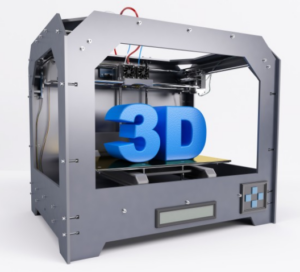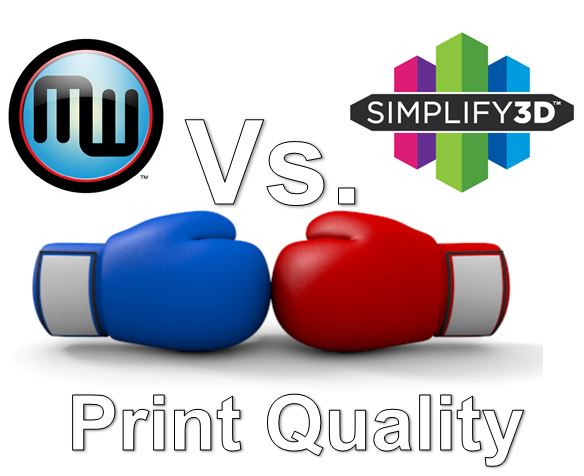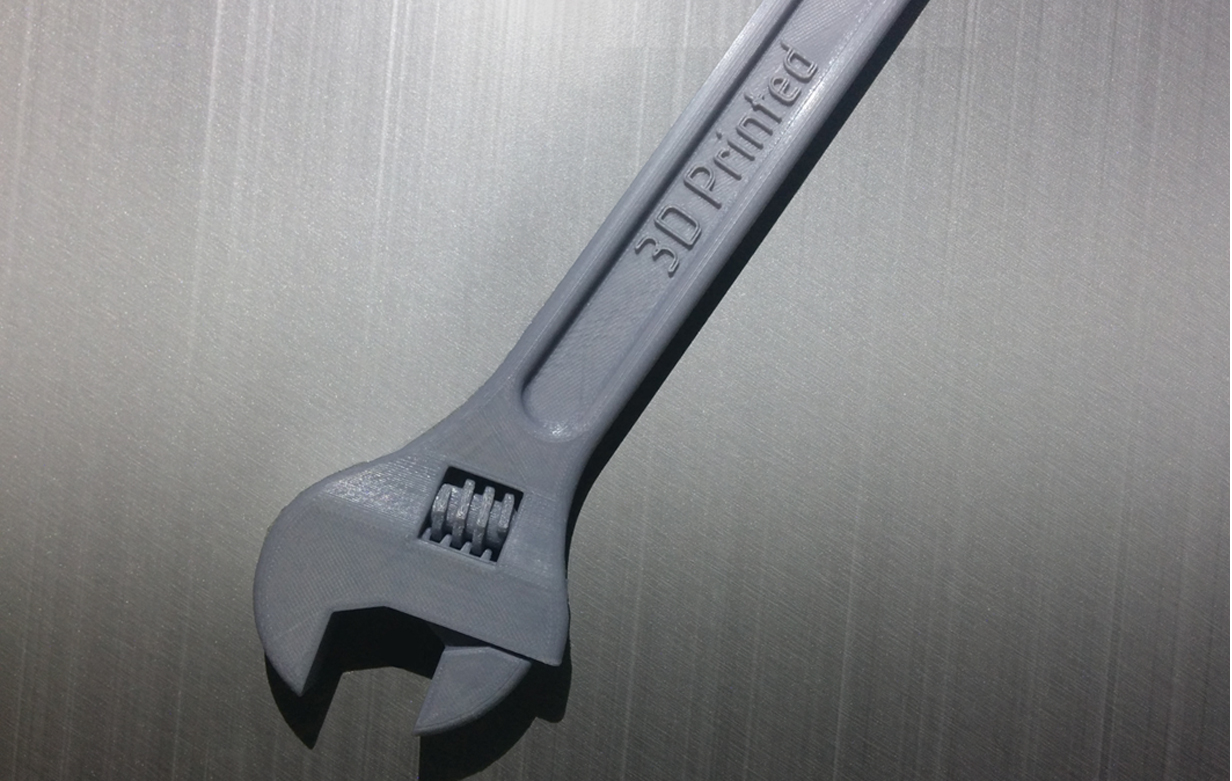ASA (Acrylonitrile Styrene Acrylate)
Acknowledged for its exceptional UV resistance, ASA (Acrylonitrile Styrene Acrylate) is a popular thermoplastic for various 3D printing applications. Let’s explore this material in detail!
Brief Introduction and History
Derived from acrylonitrile, styrene, and acrylate, ASA was first introduced for industrial purposes and later found its way into 3D printing due to its remarkable properties. It has been a significant game-changer in the additive manufacturing realm due to its versatility and durability.
Material Composition
ASA is composed of a blend of acrylonitrile, styrene, and acrylate, creating a durable and weather-resistant thermoplastic.
Uses
- Outdoor Signage and Architecture
- Automotive Parts
- Prototyping
Best Fit Use
ASA is best suited for outdoor applications that require resistance to harsh weather conditions and UV exposure. Its exceptional durability makes it a top choice for outdoor signage and architectural prototypes.
Detailed Example of Specific Use 1
One of the most notable uses of ASA is in the creation of durable and weather-resistant outdoor signage. Its ability to withstand prolonged exposure to sunlight and extreme temperatures makes it an ideal material for this purpose.
Detailed Example of Specific Use 2
Another significant use of ASA is in automotive parts manufacturing. Its high impact resistance and UV stability make it an excellent choice for producing exterior components of vehicles.
Difference Between Basic and Advanced Forms
The advanced forms of ASA may include enhanced UV stabilizers and impact modifiers to further improve its resistance to harsh environmental conditions compared to the standard form.
Benefits
- Excellent UV Resistance
- High Impact Strength
- Weather Resistance
- Good Surface Finish
Drawbacks
ASA can be more challenging to print compared to some other thermoplastics, requiring careful calibration and control of print parameters.
Overall Rating for Daily Use
Given its excellent outdoor performance and versatility, ASA is rated highly for daily use, making it suitable for both hobbyist and professional applications.
Future Developments
Ongoing research is focusing on further enhancing the mechanical properties and processability of ASA, paving the way for broader applications in 3D printing.






